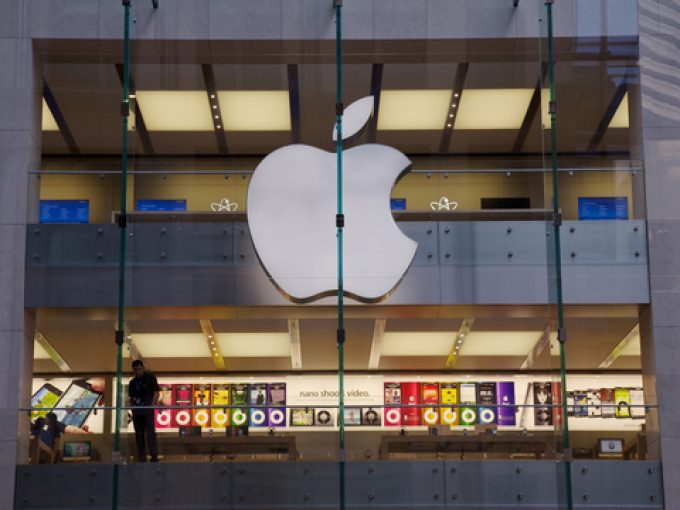'Game-changer' may now be 'game-over', as India eyes cabotage u-turn
India’s government is under pressure to re-regulate its coastal shipping policies following major declines for ...
GM: RAISING THE ROOF GGM: IN FULL THROTTLE GZIM: MAERSK BOOST KNIN: READ-ACROSSMAERSK: NOT ENOUGHMAERSK: GUIDANCE UPGRADEZIM: ROLLERCOASTERCAT: HEAVY DUTYMAERSK: CATCHING UP PG: DESTOCKING PATTERNSPG: HEALTH CHECKWTC: THE FALLGXO: DEFENSIVE FWRD: RALLYING ON TAKEOVER TALKODFL: STEADY YIELDVW: NEW MODEL NEEDEDWTC: TAKING PROFIT
GM: RAISING THE ROOF GGM: IN FULL THROTTLE GZIM: MAERSK BOOST KNIN: READ-ACROSSMAERSK: NOT ENOUGHMAERSK: GUIDANCE UPGRADEZIM: ROLLERCOASTERCAT: HEAVY DUTYMAERSK: CATCHING UP PG: DESTOCKING PATTERNSPG: HEALTH CHECKWTC: THE FALLGXO: DEFENSIVE FWRD: RALLYING ON TAKEOVER TALKODFL: STEADY YIELDVW: NEW MODEL NEEDEDWTC: TAKING PROFIT

The Covid-19 crisis has accelerated the pace of trade diversification from China, bringing industry buzzwords like near-shoring, re-shoring or friend-shoring increasingly under the spotlight.
This market reconfiguration has, undeniably, boosted some of the emerging economies in South Asia, with Vietnam seen as the primary beneficiary because of its first-mover advantages. But other nations are catching up as opportunities grow.
After Foxconn and Apple, Amazon is taking an investment leap in India.
The digital giant is looking to pour some $13bn into cloud infrastructure in India by 2030 through Amazon Web Series (AWS), which it believes will “support” some 132,000 new jobs a year.
AWS already has two data centres in India – one at Mumbai that kicked off in 2016 and the other at Hyderabad that began at the end of last year, with combined investment currently pegged at some $3.8bn.
“This investment is estimated to contribute $23.3bn to India’s total gross domestic product by 2030,” it said.
New Delhi has, of late, put a heavier focus on digital developments.
“The ministry is also working on a cloud and data centre policy to catalyse innovation, sustainability and growth of India Cloud,” Rajeev Chandrasekhar, India’s minister of state for electronics and information technology, said in a statement.
That’s not all. Some firmer investment signals are also emerging from US automaker Tesla for the manufacture of electric vehicles, after the Elon Musk-led company abandoned tentative plans a year ago, reportedly, over high import duties in India. A production-linked incentive scheme, laid out by New Delhi for EVs and battery technologies, seems to have reignited interest.
Tesla officials were in India last week to re-pitch their proposals and better understand pro-industry policy guidelines.
The latest survey carried out by DP World as part of what it called the “economist impact research programme” highlighted ongoing trade realignments.
“Reducing the length of supply chains, either through near-shoring/regionalisation or reshoring, has risen since the 2021 survey,” it said. “Diversification is still the primary strategy, but there’s a shift towards regionalisation and reshoring.”
Another market research by McKinsey & Company, following the pandemic-induced supply chain turmoil, found that some 70 per cent of apparel and fashion companies were planning to increase their nearshoring share by 2025.
Lending credence to that report, Bangladesh has already consolidated its apparel market share. But the subcontinent nation has enormous supply chain challenges to deal with, as it relies mainly on cargo transhipment on the ocean leg and fewer airline services for airfreight.
Amar More, CEO of Mumbai-based Kale Logistics Solutions, noted that the pandemic significantly redefined the supply chain playbook for industry verticals across the continents.
“Globalisation is now being reconsidered for near-shoring, which ensures resilient supply chains and quicker transits from manufacturers to customers,” he told The Loadstar.
According to Mr More, this reconfiguration presents greater economies of scale for air cargo, given the speed at which trade occurs. “We now have 3PL players getting into airfreight operations, which will further strengthen this trend inasmuch as one entity will be able to handle land and air operations more holistically,” Mr More added.
While so-called dual sourcing strategies are finding more takers, it still remains to be seen how the final shape will play out as China continues to command the bulk of world production and trade flow.
Comment on this article